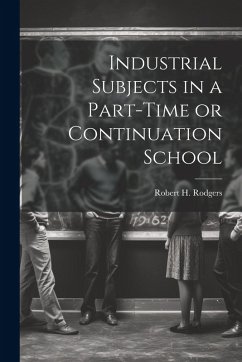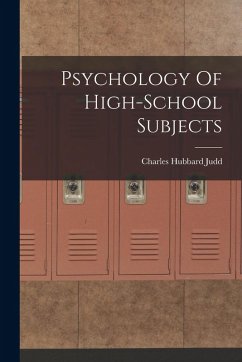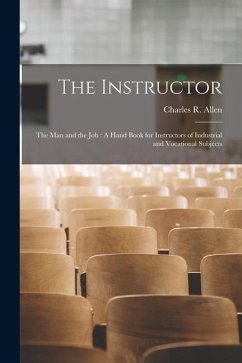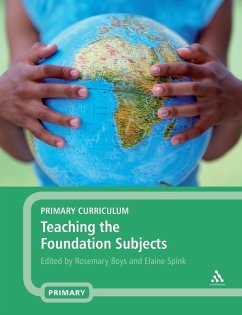
Lessons on Practical Subjects for Grammar-school Children
Versandkostenfrei!
Versandfertig in über 4 Wochen
18,99 €
inkl. MwSt.
Weitere Ausgaben:

PAYBACK Punkte
9 °P sammeln!
"Lessons on Practical Subjects for Grammar-school Children" (1885) offers a glimpse into late 19th-century elementary education. Written by Sarah Forbes Hughes and Catherine W. Faucon, this volume presents a series of lessons designed to impart practical knowledge to young learners. The book likely covers a range of subjects deemed essential for grammar-school students, aiming to prepare them for the demands of everyday life. Its historical value lies in its reflection of the pedagogical approaches and curricular priorities of the era. Readers interested in the history of education and curricu...
"Lessons on Practical Subjects for Grammar-school Children" (1885) offers a glimpse into late 19th-century elementary education. Written by Sarah Forbes Hughes and Catherine W. Faucon, this volume presents a series of lessons designed to impart practical knowledge to young learners. The book likely covers a range of subjects deemed essential for grammar-school students, aiming to prepare them for the demands of everyday life. Its historical value lies in its reflection of the pedagogical approaches and curricular priorities of the era. Readers interested in the history of education and curriculum development will find this a valuable resource. This work has been selected by scholars as being culturally important, and is part of the knowledge base of civilization as we know it. This work was reproduced from the original artifact, and remains as true to the original work as possible. Therefore, you will see the original copyright references, library stamps (as most of these works have been housed in our most important libraries around the world), and other notations in the work. This work is in the public domain in the United States of America, and possibly other nations. Within the United States, you may freely copy and distribute this work, as no entity (individual or corporate) has a copyright on the body of the work. As a reproduction of a historical artifact, this work may contain missing or blurred pages, poor pictures, errant marks, etc. Scholars believe, and we concur, that this work is important enough to be preserved, reproduced, and made generally available to the public. We appreciate your support of the preservation process, and thank you for being an important part of keeping this knowledge alive and relevant.












